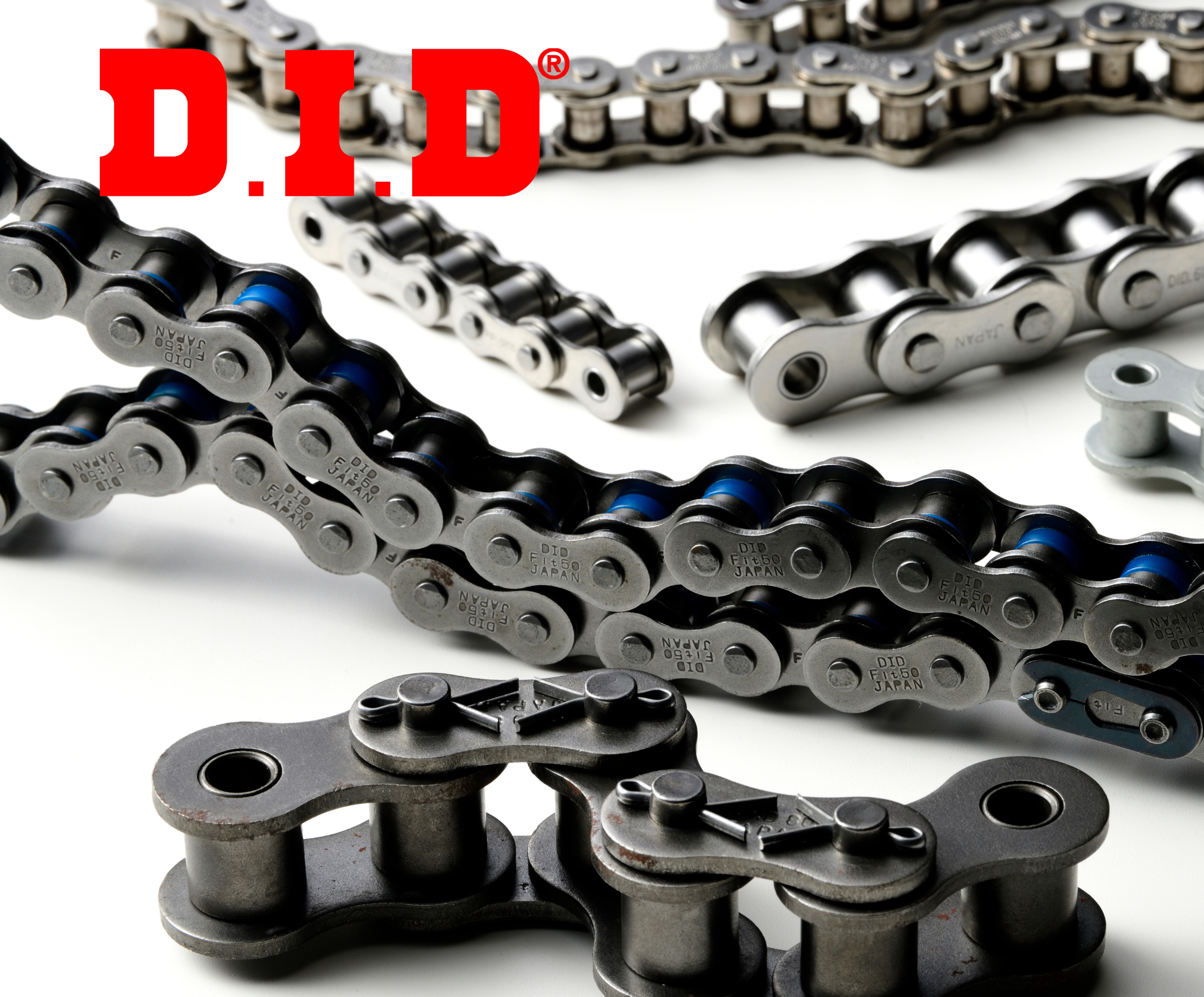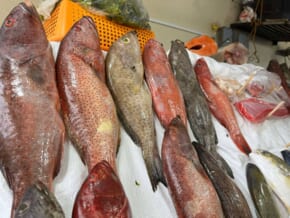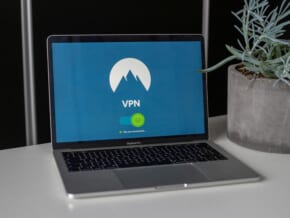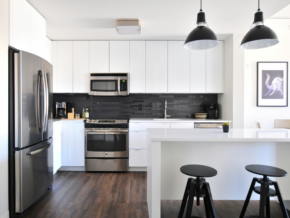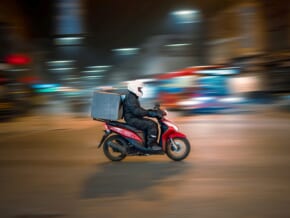A Guide to Malacañan Museum
Malacañang is the seat of power in the Philippines. Located along the banks of the Pasig River, it’s the place you will find the man who holds the highest position in the country.
Not everyone is allowed to walk the grounds reserved only for those people who work directly under the President of the Philippines and his guests… and also for those who want to go on a tour of Malacañan.
Presidential Museum & Library
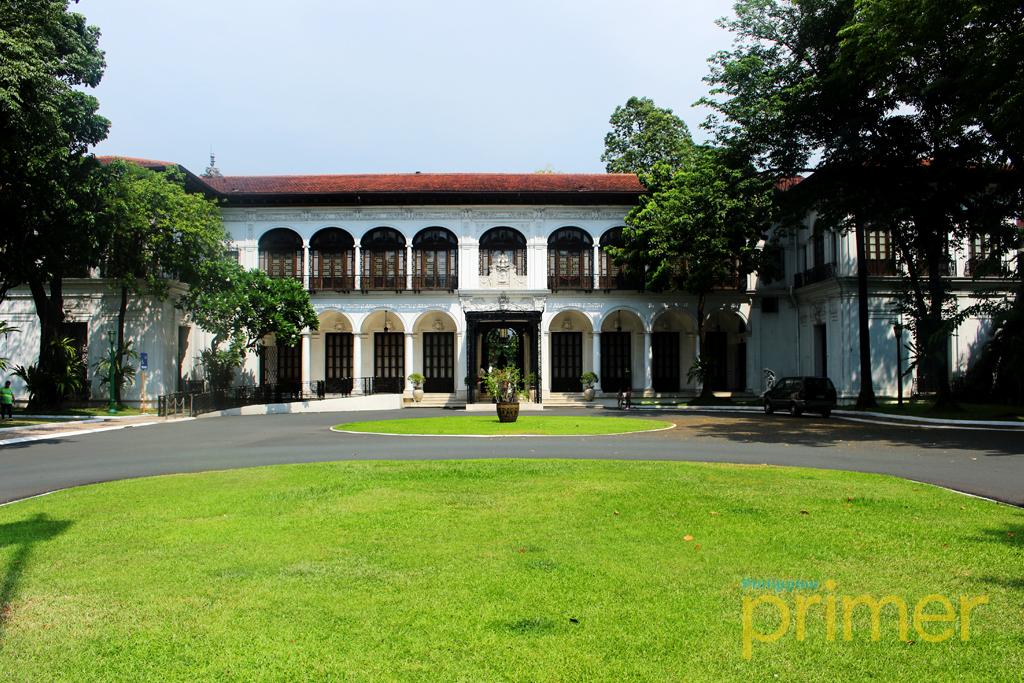
The Presidential Museum & Library (PML) is the only part of Malacañan Palace that is open to the public. Housed in Kalayaan Hall, PML gives its visitors a glimpse of the history and heritage of the presidency, as well as a small peek into where the President lives.
It’s also the only part that’s open to the public, though there are plans of opening up other parts of Malacañang to tourists. Galleries, split between individual rooms within Kalayaan Hall, trace the evolution of the Palace from being a mere summer rest house to the seat of power it is today.
Fun fact: There are many theories surrounding the name Malacañang. The pamphlet given to all visitors says it comes from the old Tagalog word mamalakáya or fisherman. Other say it was named after the street it was built on: Calzada de Malacañáng.
Our favorite, however, is the one which breaks it up into three words: May lakán diyán, or “nobility lives there.” Regarding its spelling, there’s really no hardened rule, but when people write about it, they refer to the whole complex as Malacañang (with a ‘g’ at the end) and the Palace itself as Malacañan.
Inside the Palace
The Old Waiting Room
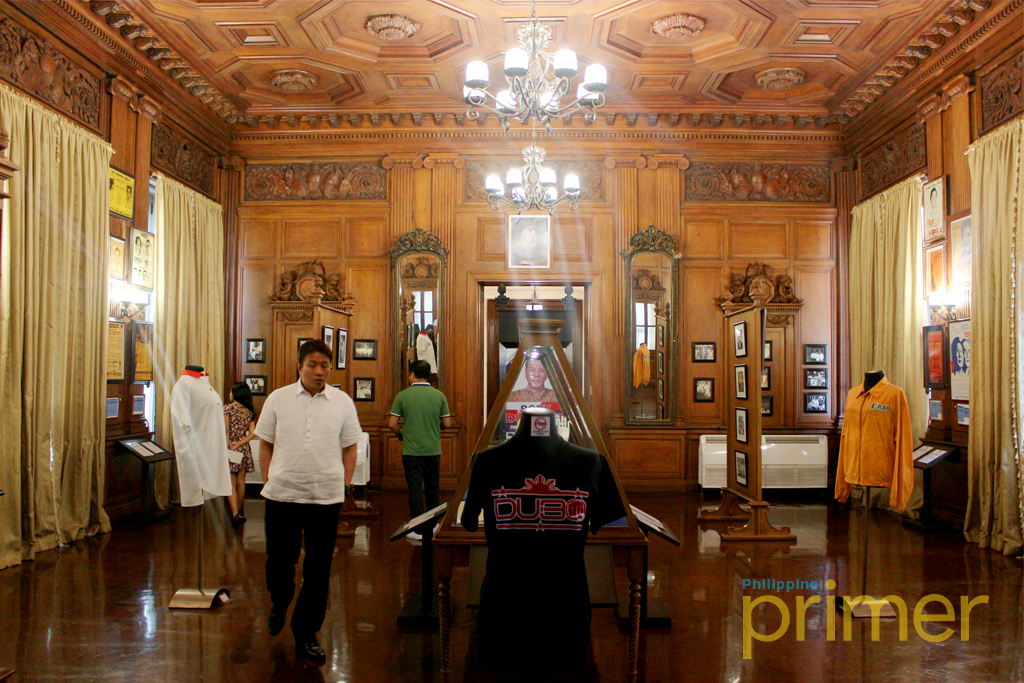
As the name implies, this room used to be where delegates or guests of the President would be asked to wait. Today, The Old Waiting Room houses the very thing that every presidency starts with: campaign materials.
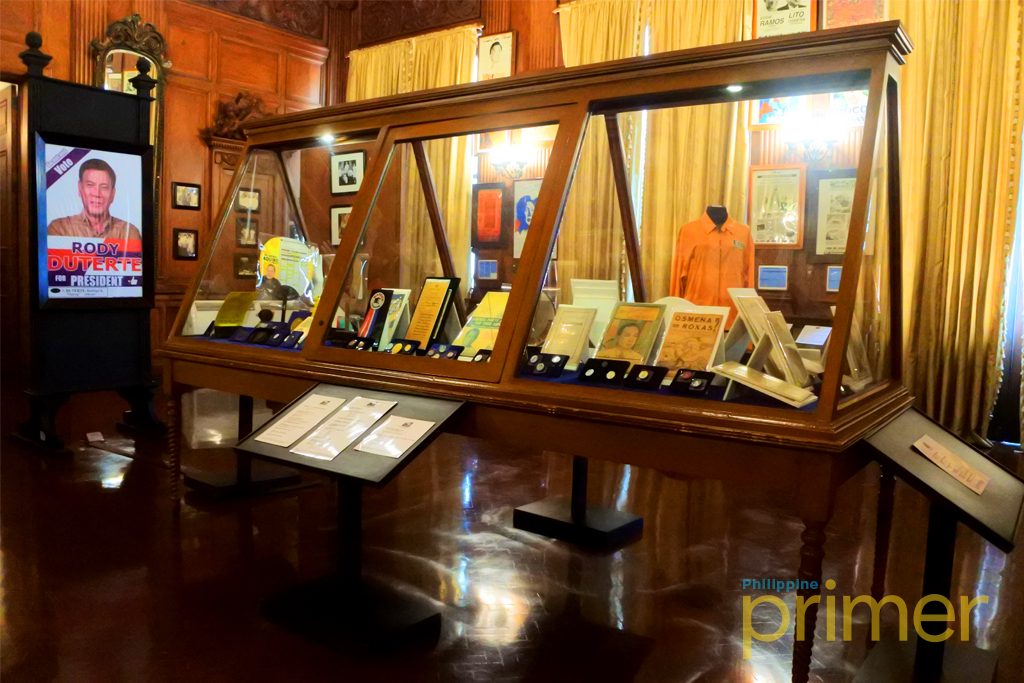
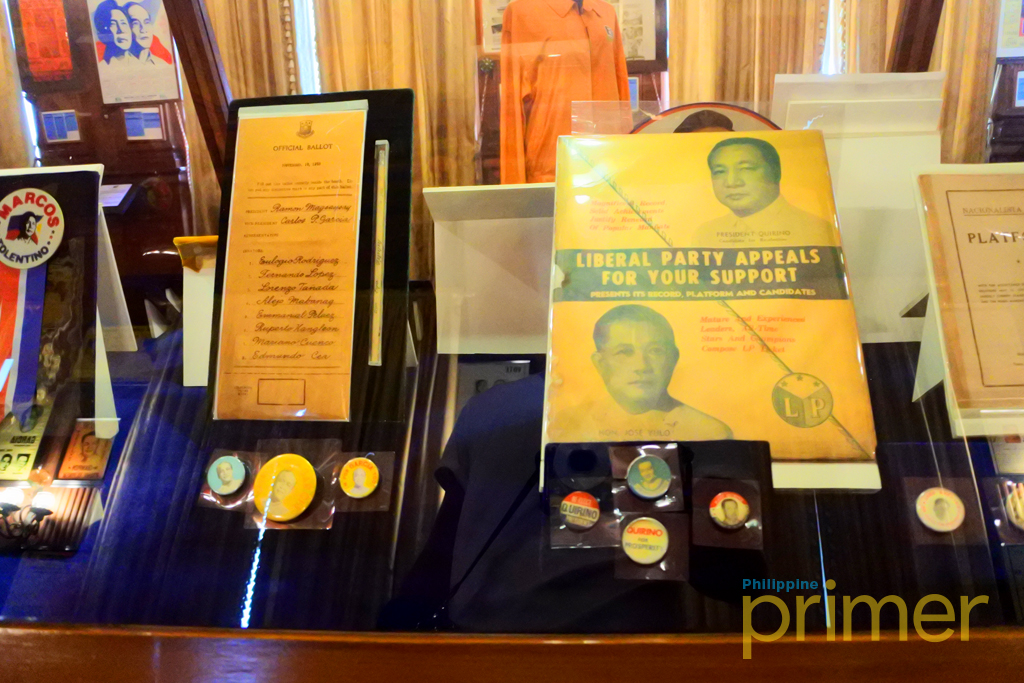
This room contains campaign materials and results from every Presidential election the country has had (yes, even General Emilio Aguinaldo had campaign materials).
Old Governor-General’s Office

This room used to be the main office space of Malacañan, back when the country was still placed under the rule of a governor-general appointed by the King of Spain (and later on the Americans).

Today, it houses a replica of former President Ferdinand Marcos, Sr.’s office when he declared Martial Law. It has the official document displayed under glass, while one of the walls (the one next to the TV to be exact) has a note written by President Marcos himself.
The Osmeña Cabinet Room
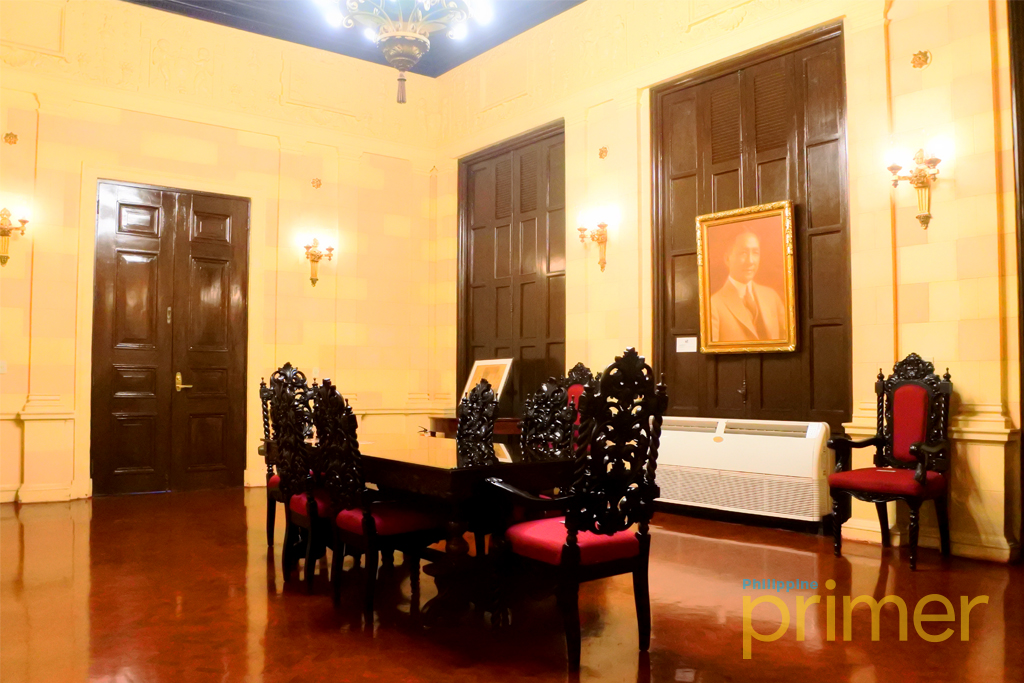
Sometimes referred to as the Osmeña Room, it’s named after the fourth President of the Philippines, Sergio Osmeña, Sr. It used to be the meeting place for the Cabinet and the Council of State, which Osmeña was a part of prior to being elected as president.
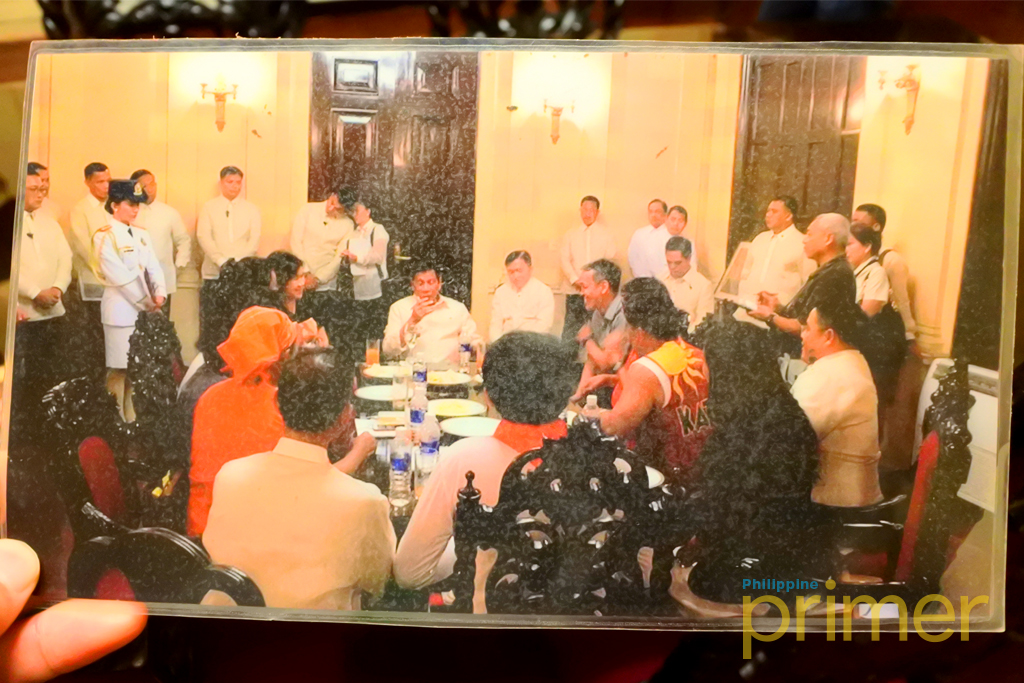
Osmeña served the country for four decades, with his highest posts (apart from being President) being the Vice President under Manuel L. Quezon and as the Speaker of the Lower House and Senate President Pro-Tempore. The gallery was recently used as the meeting place for President Duterte and activist leaders who went to Mendiola with their respective groups to show their support for the then-newly sworn-in President.
Old Executive Secretary’s Office
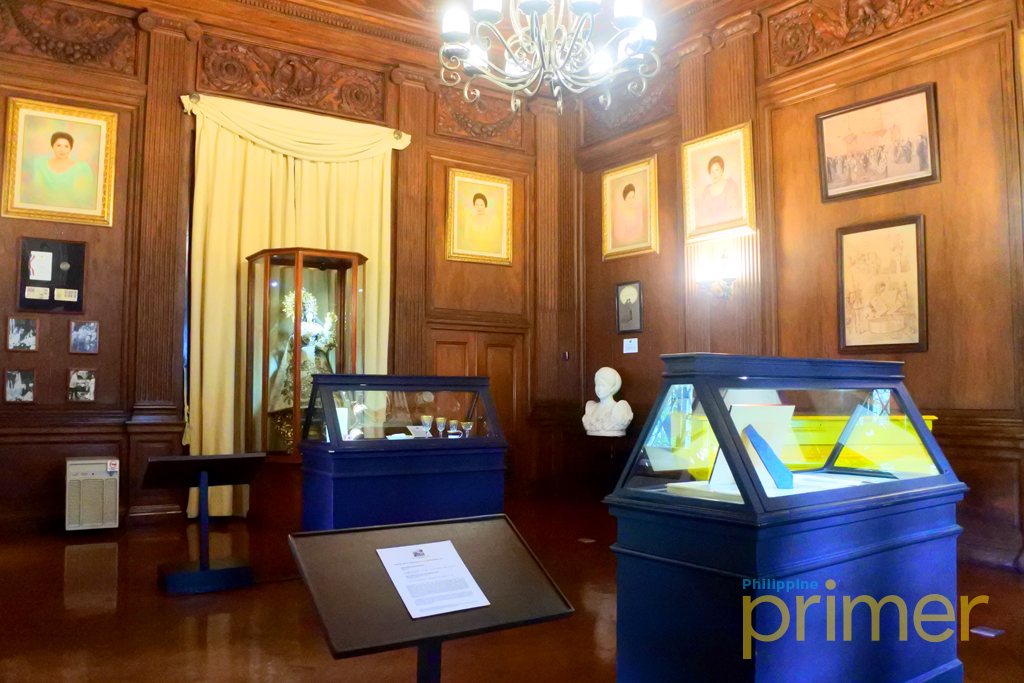
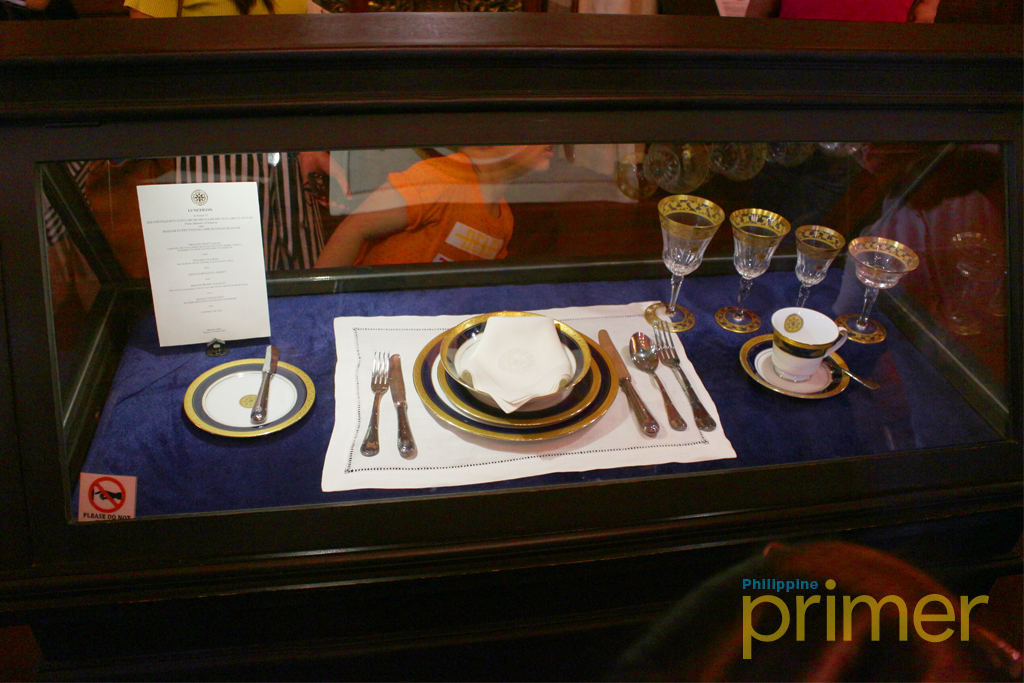
This room used to be the Office of the Executive Secretary, the position held today by Salvador Medialdea (though he doesn’t hold office here). This office now holds pieces that enhance our country’s dignity, i.e. things that make our country stand out from the rest of the world (apart from our people).
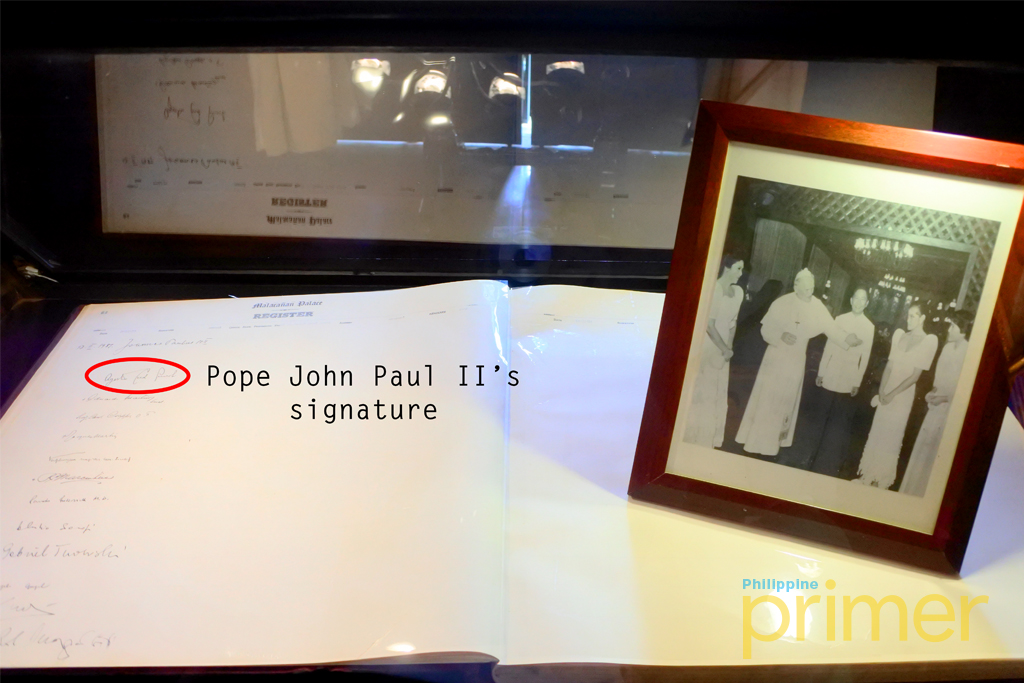
It houses portraits of every first lady since the country had a president, mementos given to past presidents, awards (like the Order of Sikatuna, the highest award that can be bestowed to a civilian), and the most interesting of them all: the guest book signed by none other than Pope John Paul II himself.
The Quezon Executive Office
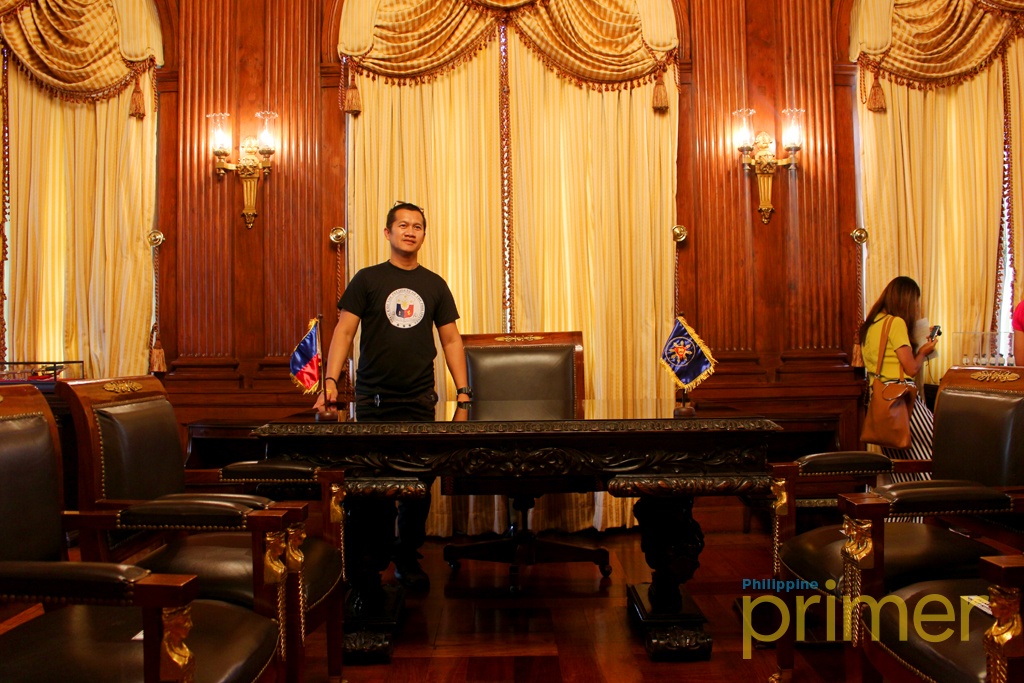
Sometimes referred to as the Quezon Room, the Quezon Executive office was what the President called home from Manuel L. Quezon all the way to the first few years of Ferdinand Marcos, Sr. It still houses the exact tables and chairs used by Quezon, passed on from one president to the next.
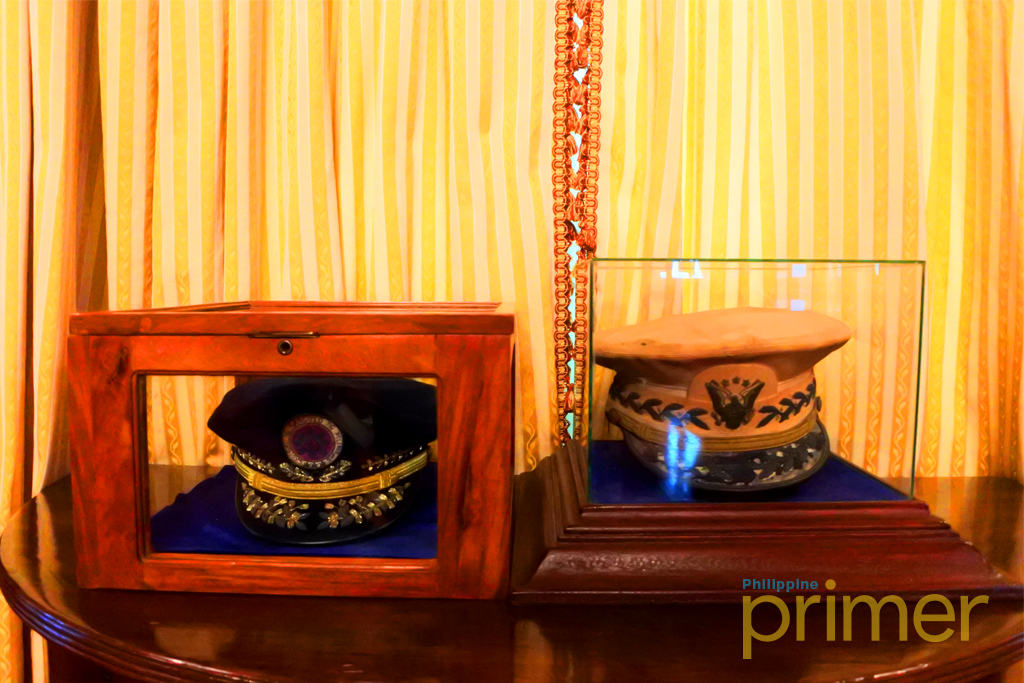
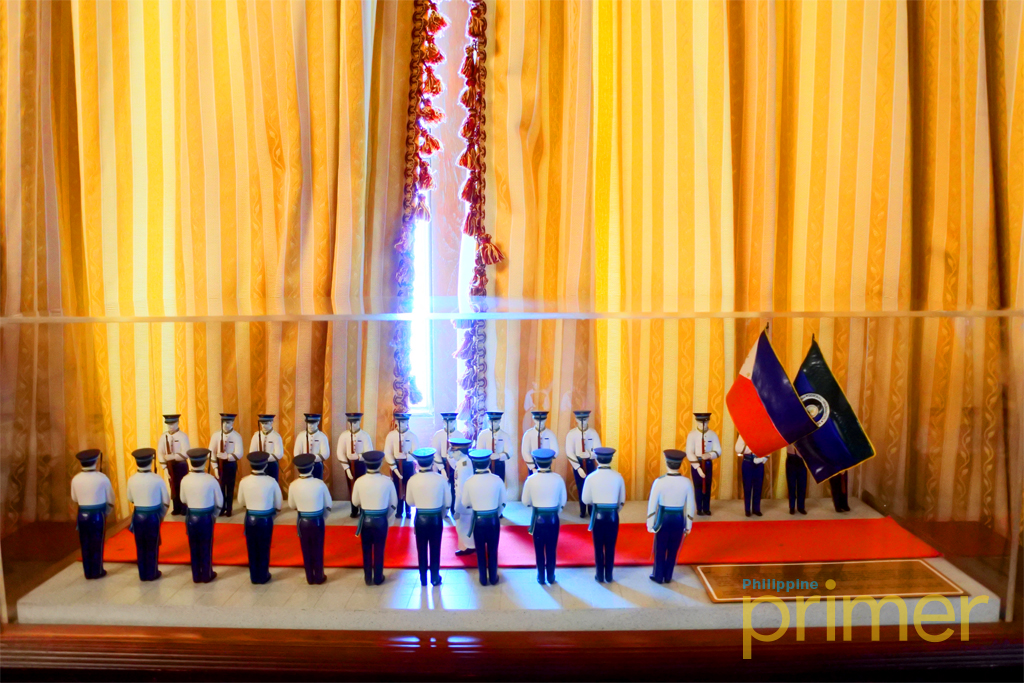
It’s a room that has undergone two transformations over its existence. From being the President’s office, it became the office of Gen. Fabian Ver, one of Marcos’ staunchest supporters and the man who led the Armed Forces during the 70’s.
It later became the Office of the Press Secretary under Corazon Aquino, and was restored to its former glory in 2003 with Quezon-era furniture and items that showed what it meant to be president, including a diorama of standard arrival honors.
The Quirino Council of State Room
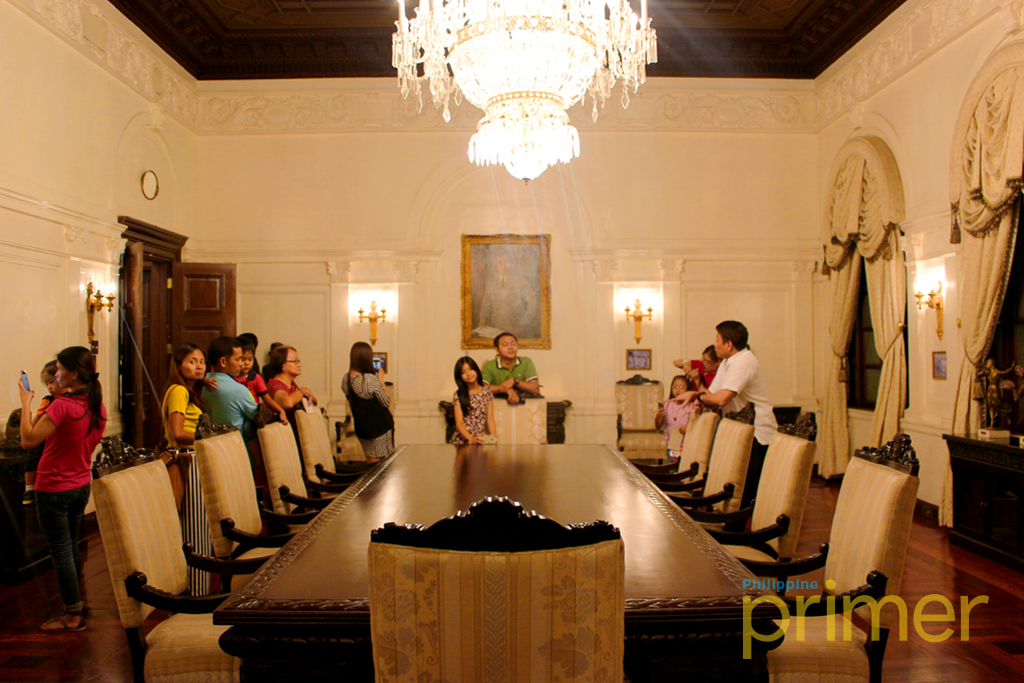
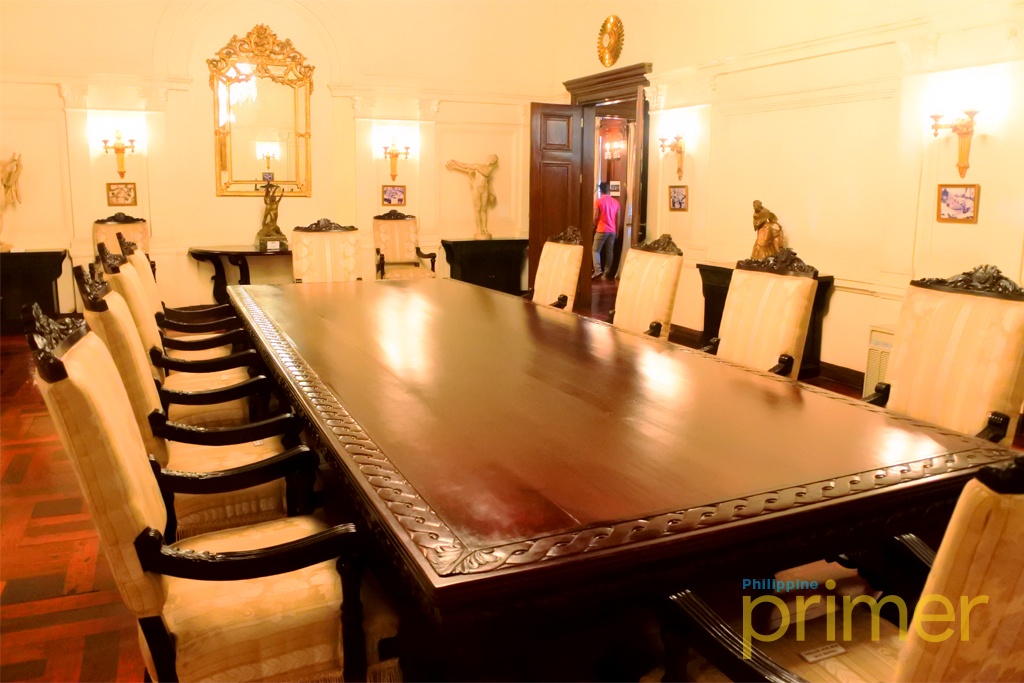
President Elpidio Quirino is known for brining some of the biggest changes to the country, and a lot of them happened in this very room. The Quirino Council of State Room, while used by the Quezon Administration as its meeting room for the Council of State, cabinet, and National Economic Council, saw many a treaty signed within its walls.
1981 saw this room being made into Marcos’ TV studio, and as an impromptu location for the oath-taking of then-President Carlos P. Garcia following the death of President Ramon Magsaysay in 1957.
The Roxas Cabinet Room

This room was built during the time of President Quezon but was never used as intended: the room for Cabinet meetings. It was later turned into President Marcos’ TV studio, though it was used by several presidents as a Cabinet meeting room prior to that.
Only one man regularly used this room for its intended purpose: President Manuel A. Roxas, the first President of the Third Republic, hence the room being named after him. It now houses photos of cabinet members from every president the Philippines has ever had.
Main Hall, Northeast, and Southeast Galleries
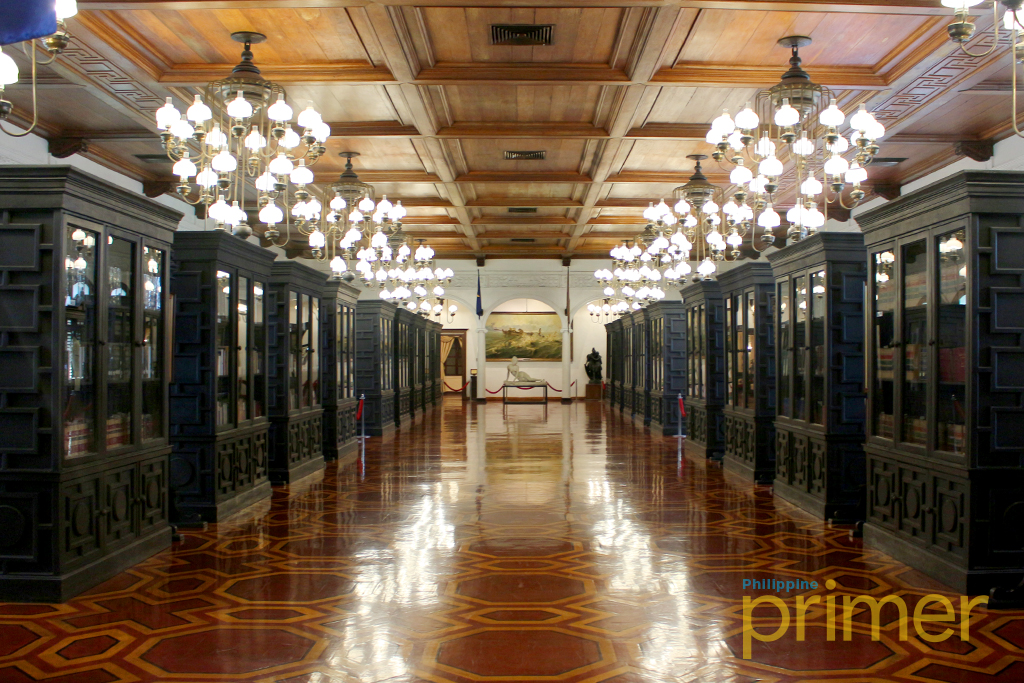
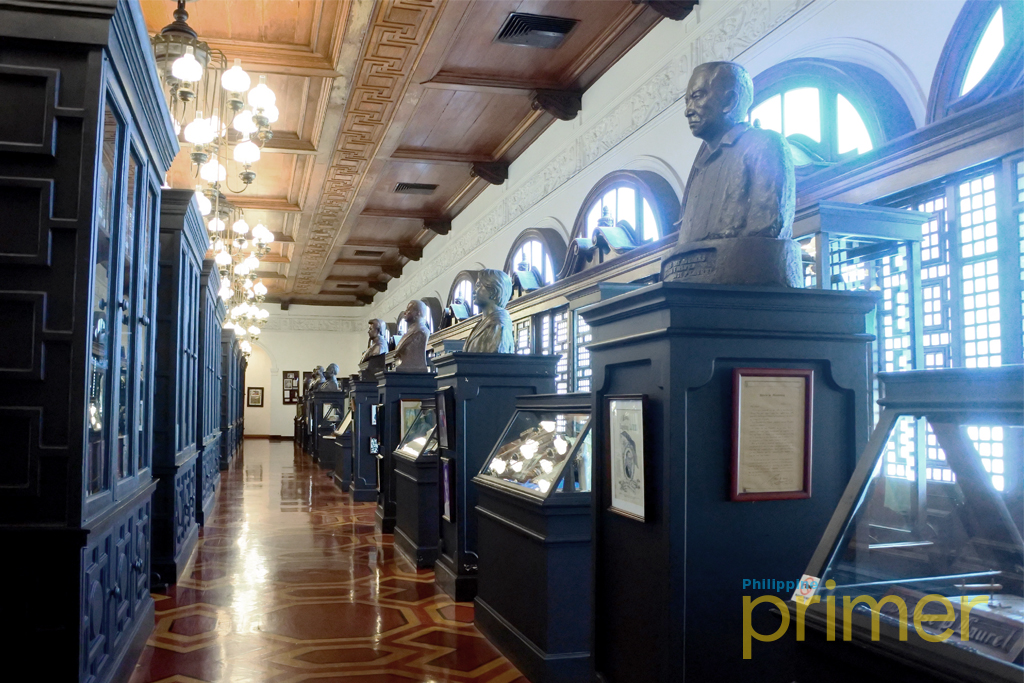
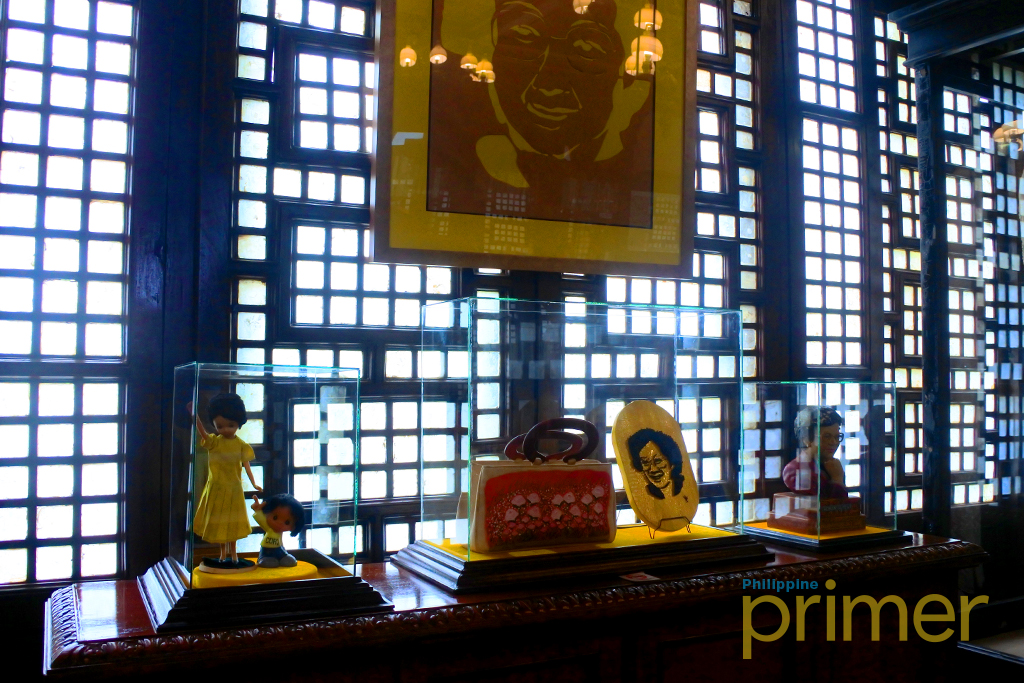
Ah, the main hall. The central part of Kalayaan Hall’s second floor. Initially built with guest bedrooms, this large hall now houses books owned by former presidents, as well as memorabilia from each and every one of them.
It once held offices during the time of Quezon, the state dining hall during the time of Marcos, a temporary evacuation center in 1972 for victims of a typhoon in Central Luzon, and only went back to being an office floor after the construction of the Ceremonial Hall in the Palace.
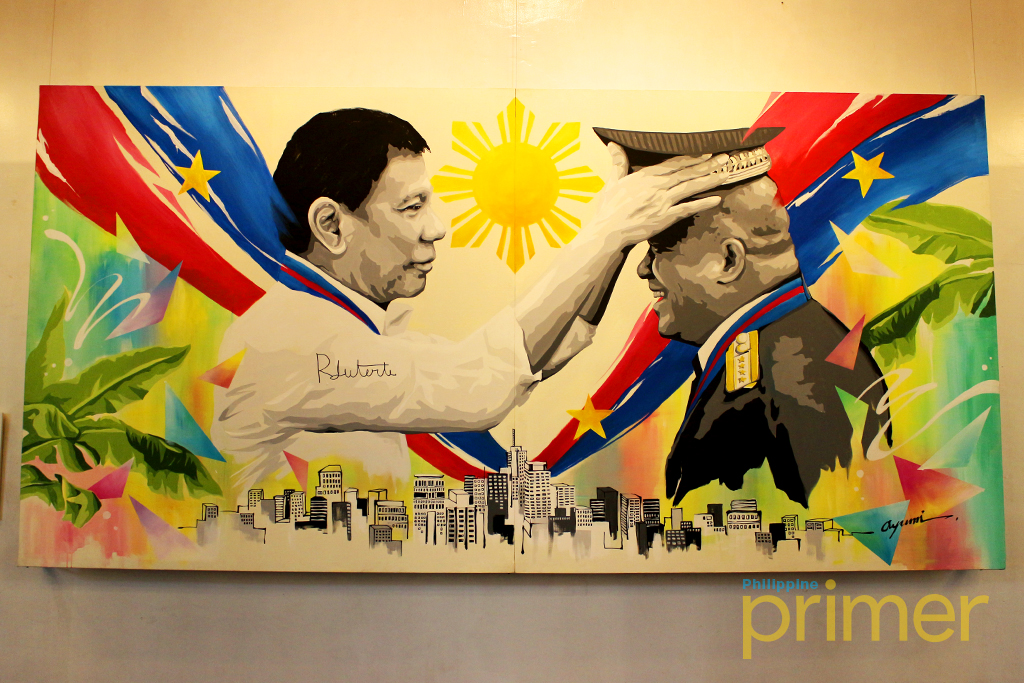
The ends of each hall showcase one-of-a-kind paintings, with one wall dedicated to works done by Japanese artist Ayumi Endo.
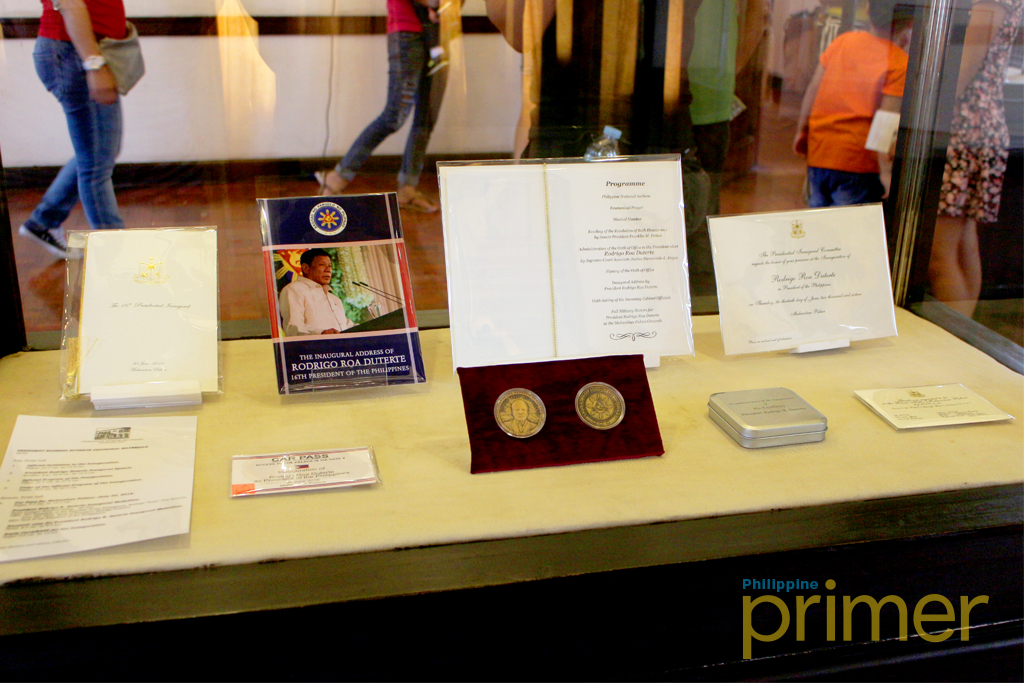
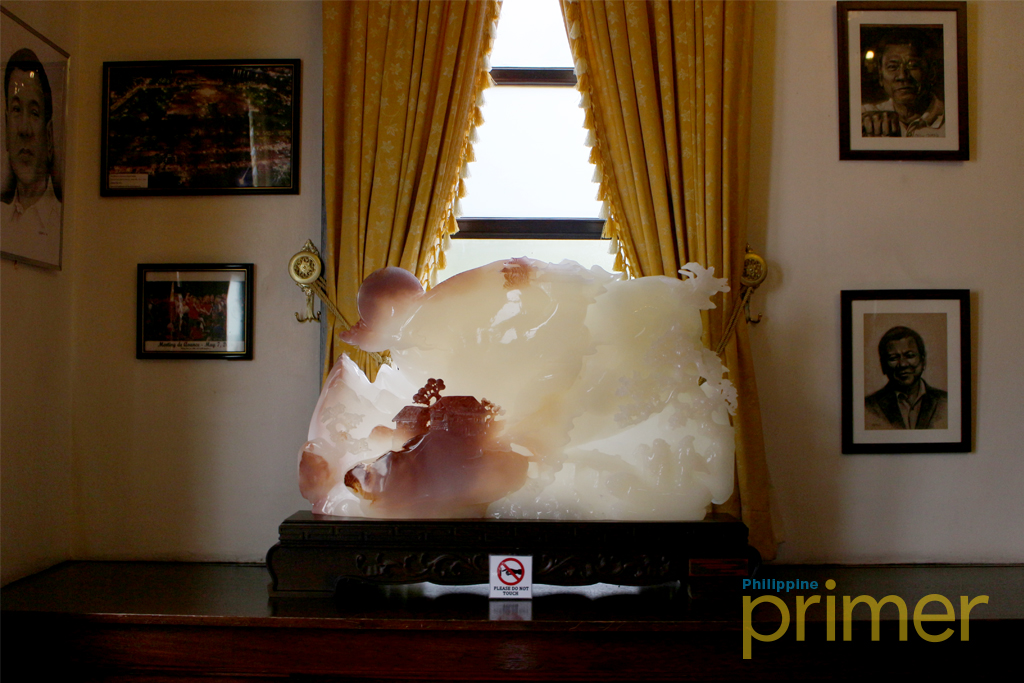
The two remaining galleries (Northeast and Southeast) houses memorabilia from whoever is the current president. Items on display range from clothing to gifts and even campaign paraphernalia
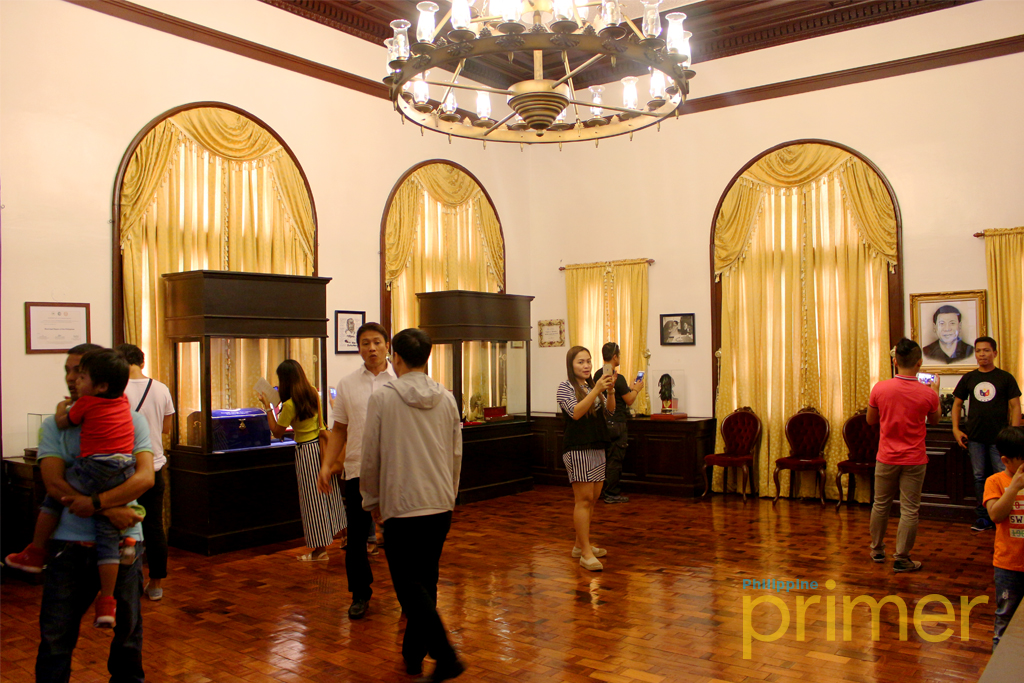
This last wing houses other gifts given to the current president. Most of these are new, hence the reason why they’re not in proper display cases or given nameplates.
How to book a tour
Booking a tour at the PML is easy enough. It’s free of charge (thank you, President Duterte), and all you need to do is send an email to pml@malacanang.gov.ph or malacanangmuseum@gmail.com with the following details:
- Preferred date and time of tour (only available from Monday to Friday, 9:00 am – 12:00 nn and 1:00 pm – 3:00 pm except public holidays)
- Complete list of names and birth dates of ALL visitors (those not included in the guest list shall not be allowed entry to the Palace grounds, i.e. no last-minute additions)
- Contact details and complete address of a representative of the group
- For foreign nationals, a photocopy of the main page of their passport
Make sure this email is sent at least two to three days ahead of your preferred schedule. You’ll get an auto-generated response telling you it’s been received by the PML staff, and another email within the day telling you if your schedule is open or not.
Once that’s done, wait for 3 days, call them up at 02-784-4286 loc. 4649/4945, and check if your schedule is confirmed. If it is, all you need to do is get to Malacañang on your requested date (make sure you’re there on time!) and take in all the sights you’ll be allowed to see.
Getting to Malacañang
You can reach Malacañang in a variety of ways. You can either take a cab and tell them to drop you off near Malacañang Gate 6 or Gate 4 or do one of the following if you’re looking to commute from Makati:
LRT1-Jeep
- Ride the LRT1 to Carriedo Station.
- Walk to Quiapo Church from Carriedo Station.
- Ride a jeep from Quiapo Church that’s headed for San Miguel. Tell the driver you’re headed to Malacañang and he’ll drop you off at Gate 4.
- The entrance to PML should just be a short walk (Gate 4 to Gate 6).
MRT3-LRT2
- Ride the MRT3 to Cubao Station and transfer to LRT2 (just follow the signs inside Farmer’s Plaza and Gateway Mall).
- Ride the LRT2 to Legarda Station.
- Walk from Legarda Station to the Mendiola Peace Arch.
- Walk through Mendiola St. to Malacañang Gate 7.
- Walk from Malacañang Gate 7 to Gate 6 (again, another short walk).
Cancelling/Rescheduling your tour and other reminders
Tours can be cancelled or rescheduled provided you inform them as soon as you have plans of doing so. There are also cases when a tour can be cancelled because the Presidential Security Group tells the PML to do so (this usually happens if someone important visits the President or if a meeting will be held at one of the available rooms at Kalayaan Hall).
Consider your slot cancelled if you arrive 30 minutes late. Also, be sure to visit the Palace in smart casual attire, and please bring only one camera for your group. Cameras are checked before entry by Palace staff, which will take up a lot of time if everyone in your group has one. Taking photographs is highly encouraged, but recording everything on video is strictly prohibited.
There’s also no limit to the number of people who can join your tour. You can go solo or with a group of friends, but please don’t bring the entire clan with you.
The Presidential Museum and Library is located at the Kalayaan Hall, Malacañan Palace, J.P. Laurel St., San Miguel, Manila. If you wish to know more about Malacañan Palace and the Presidential Museum and Library, visit malacanang.gov.ph or look them up on Facebook: Malacañang Museum.
Written by Andronico Del Rosario
Photos by Andronico Del Rosario and Takuhiro Sekiguchi




